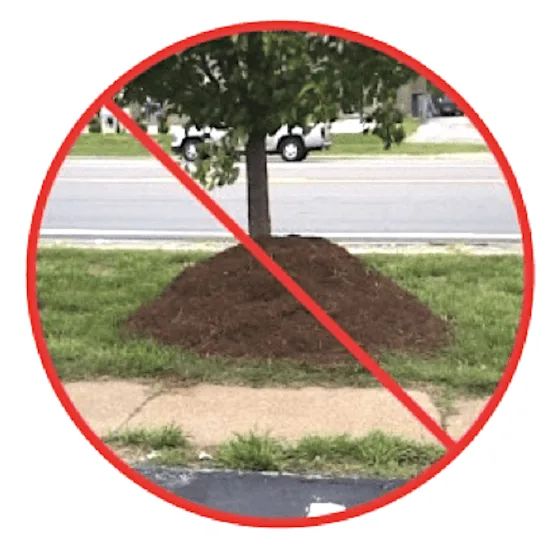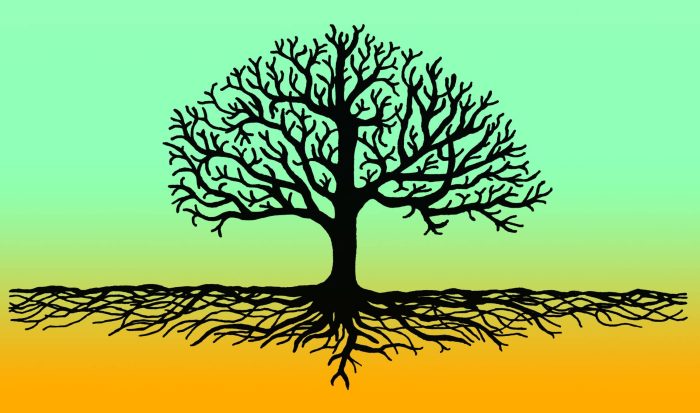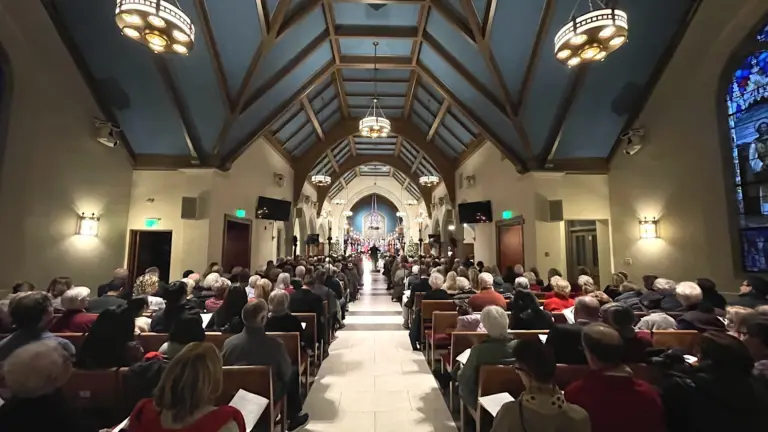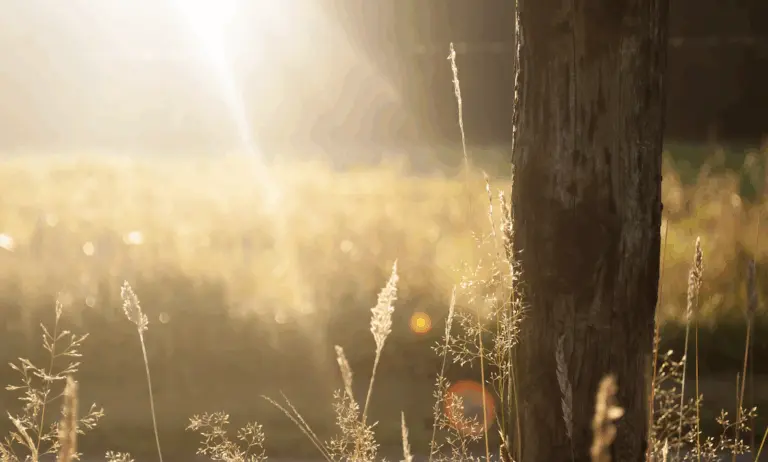
By Cheryl Dunson
I subscribe to a site called Wordsmith.org and each day I receive a new word. I thoroughly enjoy receiving a word each day and learning of its etymology and usage. A recent word was one that I knew too well: arboricide. According to the site, the earliest documented use was in 1899 and it is derived from Latin: arbor- for tree and -cide for killing, ie, killing a tree.
Sometimes the killing of a tree is intentional and other times it is not. In all cases, you cannot “unchop” a tree. Even dead trees – as long as they don’t pose a hazard to property and people – can be beneficial, for example, as a nesting or food source for wildlife as well as source of artistic appreciation. Has anyone seen the beautiful carved eagle at St. Mary’s/Putnam cemetery created from a dead tree trunk?
So what are some things homeowners can keep in mind about their trees?
∙ The location of trees to each other is very important because trees protect each other. Extensive clearing of trees weakens and can kill more than just the trees that are removed. Trees also can be weakened by landscape work which is not done properly. For example. trees can suffer when weed-whacking devices damage the trunks of trees or when mulch is improperly applied creating mulch “volcanoes.”
∙ Diversity helps to protect your trees. Plant a variety of trees rather than planting many of the same kind. According to the CT Protective Tree Association (https://ctpa.org/invasive-insects-and-diseases/) the increasing list of invasive insects “is a list of many of the most serious biological threats to our trees and forests.” Invasive insects such the emerald ash borer and spotted lantern fly have ravaged not just Greenwich but communities across the country. Just like financial portfolios our tree plantings need to be diverse.
∙ Plan for any construction impacts by talking to your architect, landscape designer and/or contractor to identify which trees you want to save and create a plan to protect them. A layperson’s rule of thumb is that the “critical root zone” extends at least as far as the canopy drip line – the breadth of the canopy you see generally reflects the breadth of the roots below. An effective plan should include strategies to avoid impacts such as compaction (eg, avoid stacking equipment and heavy materials underneath trees), damage from machinery (avoid repeatedly driving over the roots of trees), cutting roots when installing utility pipes. One highly visible protection method is to install sturdy protective fences as far out from the trunks of trees as possible to protect the root systems.
∙ The benefits of healthy trees are myriad. Most have heard of the environmental benefits of trees such as the filtering of air, water, and noise pollution and supporting diverse wildlife. Trees also provide financial benefits such as reducing flooding impacts by absorbing rain through their leaf systems and roots, providing shade which can significantly reduce utility bills, and increasing property values by as much as 20%. Add to this, the growing body of research on the benefits of trees and green spaces in our everyday lives to our physical and mental well-being such as reducing stress, boosting the immune system, accelerating recovery from injury or illness, lowering the risk of heart disease and diabetes, reducing aggression, and improving longevity. And as GTC Executive Director Kate Dzikiewicz spotlighted in her recent Sentinel article, research is also showing that trees that are part of the school campus can enhance children’s ability to manage stress, concentrate, and stay motivated. In a 2021 WBUR Radio Boston interview, Dr. Howard Frumkin, Professor Emeritus, University of Washington School of Public Health observed “Proximity to trees is associated with a ridiculously broad range of health benefits. I wish we had pills that were this good for health.” (https://hsph.harvard.edu/news/the-health-benefits-of-trees/)
Richard Louv, who wrote Last Child in the Woods, noted “Biologically, we are all still hunters and gatherers, and there is something in us we do not fully understand that needs immersion in nature.” We are fortunate to live in a town with an extensive leafy canopy on public and private lands. As homeowners, we should not take our trees for granted and periodically should give them some attention. We can speak to landscape or tree professionals about care for our newly installed trees as well as those that are well established. Trees like people are susceptible to age, disease, maltreatment, and extreme weather, and a little TLC can go a long way to preserving a tree and the benefits it provides. Remember you can’t unchop a tree.
Cheryl Dunson
Advisory Board Co-Chair, Greenwich Tree Conservancy
To find out more about the Greenwich Tree Conservancy, visit us at: www.greenwichtreeconservancy.org





